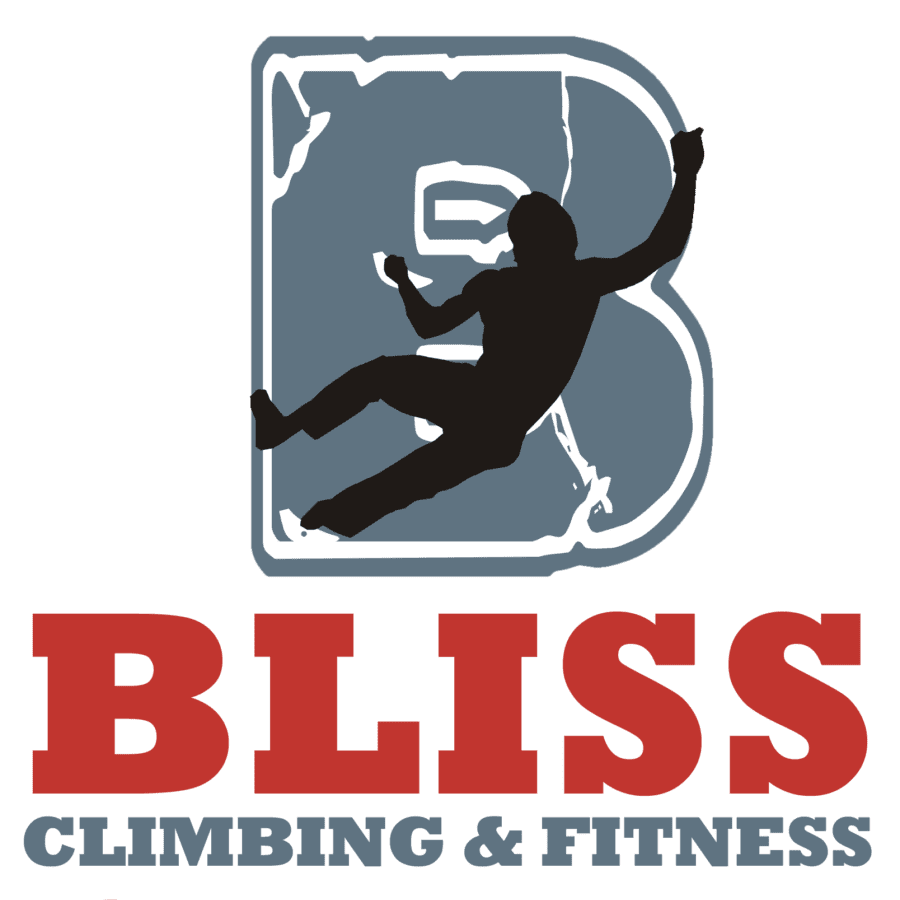‘Hey homey, you need to PAP on FB of that totally bad bae you’re in ship with. A total dime for sure!’
OK, obviously I have no idea what I’m talking about, I just stole all those words off of some ‘how to speak teen’ web post. It’s a sobering thing when you realize that you are no longer hip (and even more so when you also recognize that you probably never were 😮 ).
But then, that’s not the hip I’m writing about today anyway. We’re talking the ones below your waist. And I’m not really interested in being hip either, but rather using them correctly while climbing (which in our culture does equate with a certain hipness 😉 ).
A few days ago I was working with a member on one of our overhang walls, and he commented on how hard it was to move or even hang on that section of the wall. I gave him a few pointers and thus the inspiration for this blog.
I had a climbing coach once, and I was complaining about not being able to make a move because my footwork was so bad. He watched me try the move and then commented ‘your footwork is great. It’s your hips that suck!’ Sure enough, he showed me that my hips were sagging as I tried to move and when I fixed it the move went well.
We’ve spoken of the importance of core before, and core moves through the hips. So if we can position and involve our hips, our core is naturally engaged.
The simplest understanding of where we want our hips is to try to keep them as close to the wall as possible. Doing so will help both our vertical as well as past-vertical climbing. And the reason is really pretty simple. Our center of gravity is being supported by both our hands and feet when we are in the correct position rather than primarily our hands.
Let’s look at some examples:

In this picture, we have Landon on a very overhung roof. Notice as he gets ready to move his right hand, the position of his right hip is actually being drawn up to the roof. This in turn rotates his right foot to a position of power as he gets his weight over the toe of that foot to push his body up.
Contrast that with this next picture with his hips sagging down. Now all of his weight is pulling against his arms and legs trying to pull them off of the holds as opposed to helping him move.

In this less overhung move, the same concept applies. Here we see how Landon’s left hip hugs the wall placing his left toe in a position to power his body upward to the distant left hand while also extending his reach to the maximum.

To practice this, work through these type of moves on easy terrain that you already feel comfortable with. Avoid the temptation to ‘ignore’ proper technique simply because the route is too easy for you or the holds too good. Once you are comfortable with hip placement, begin incorporating it into those harder moves.
Soon your technique will be totally dope (awesome).
And just incase you were curious, here is the English interpretation of our opening statement:
‘Hey friend, you need to post a picture on Facebook of that hot babe you’re in a relationship with. A total ten for sure!’
Climb hard, be hip, and Follow Your Bliss,
David

